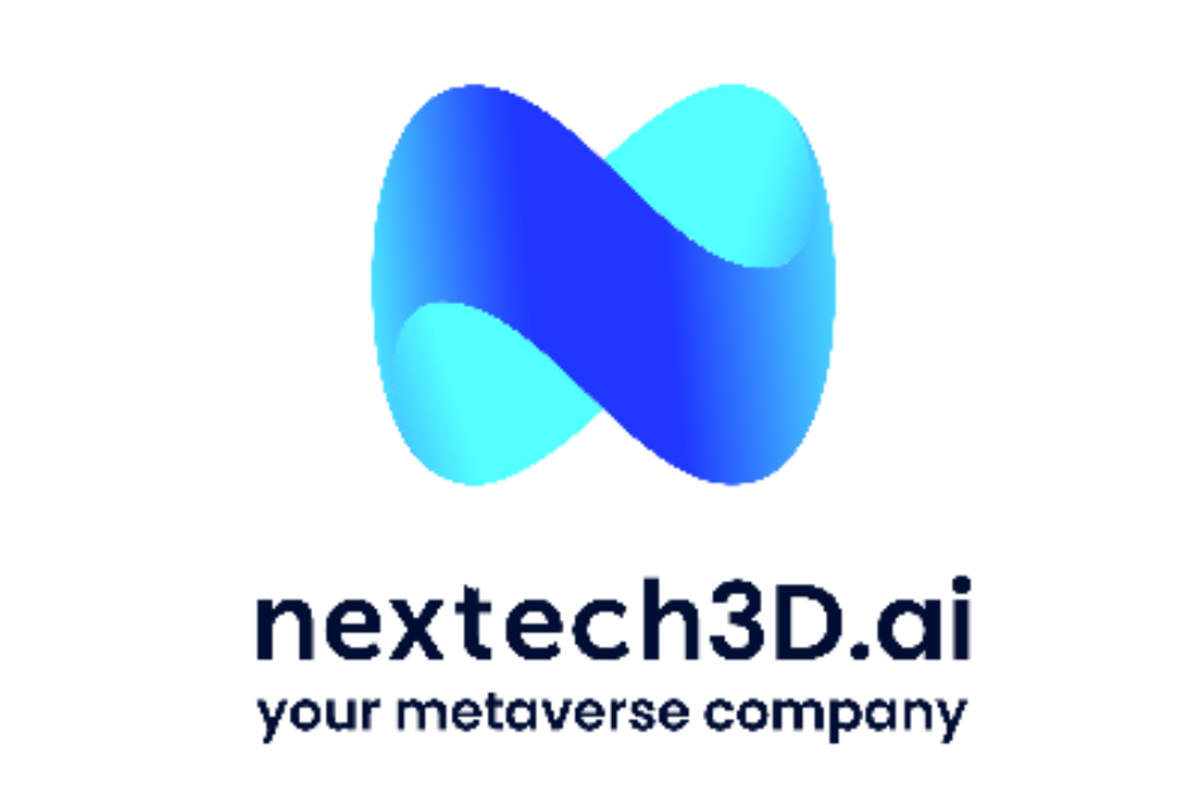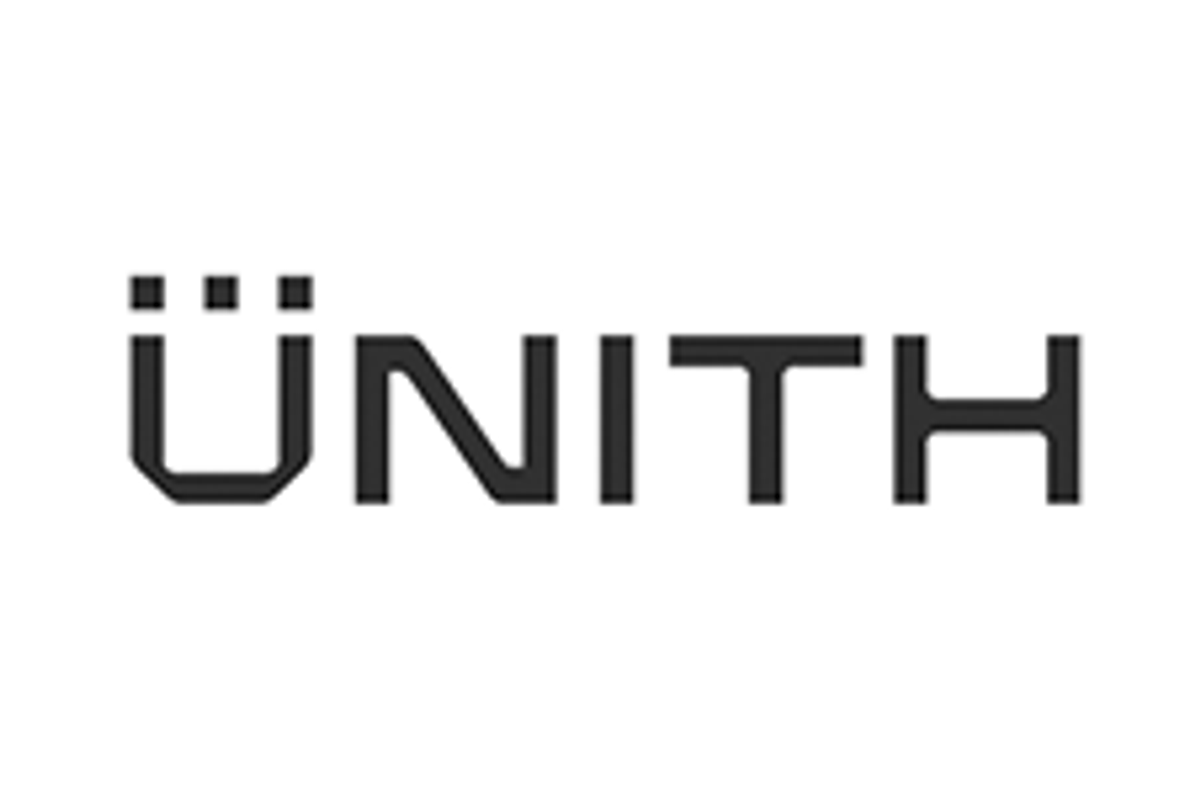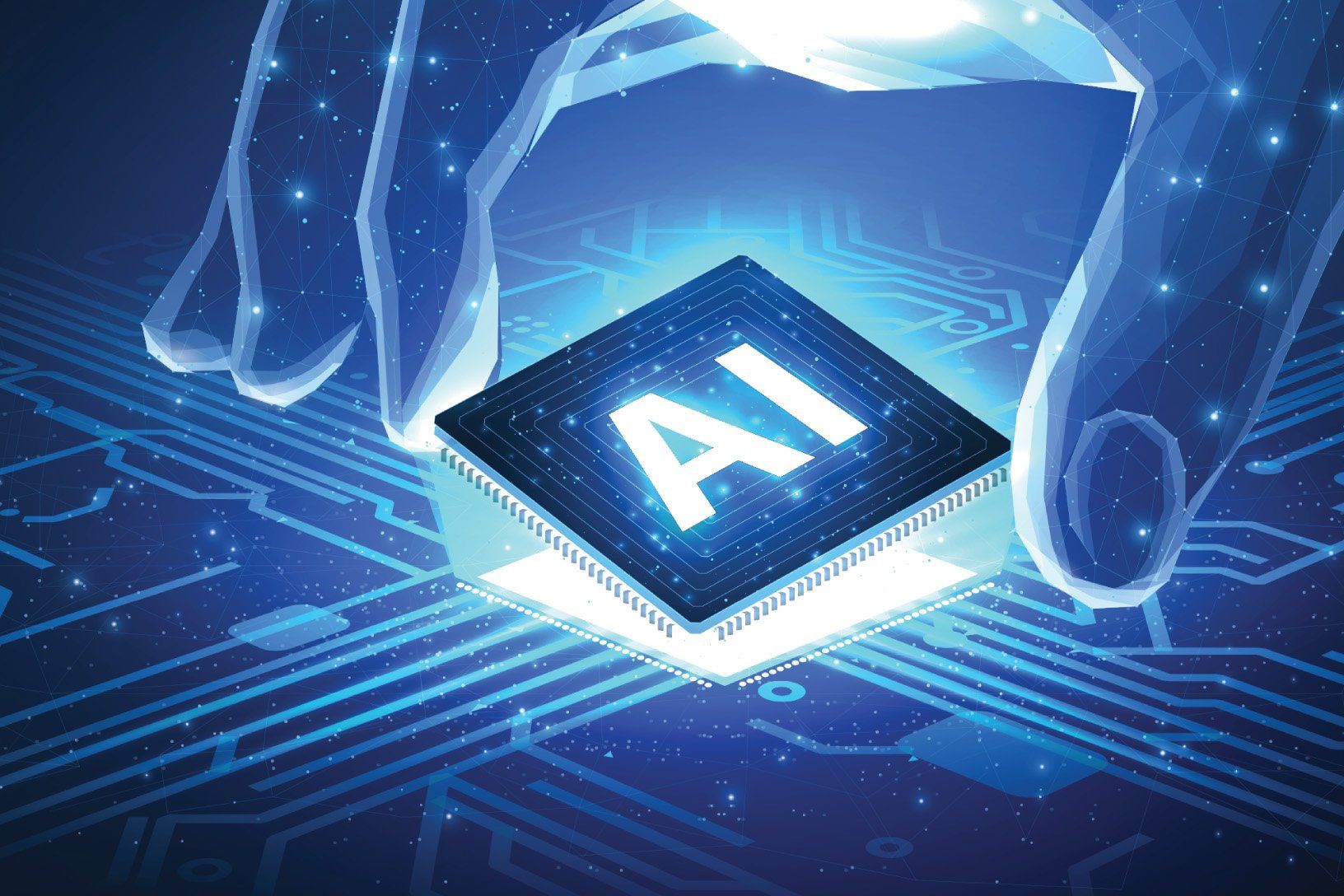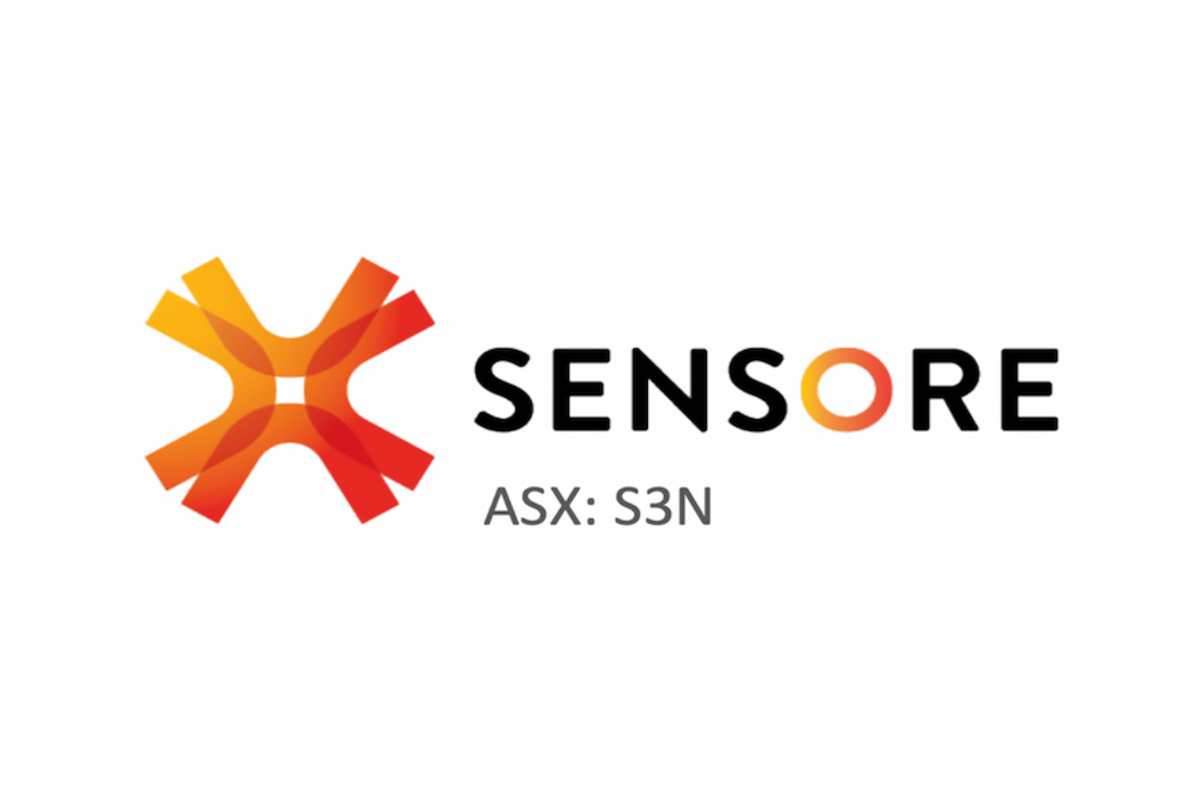
April 10, 2023
Binding Agreement Follows 2022 Term Sheet & Phase 1 Analysis
Barton Gold Holdings Limited (ASX: BGD) (Barton or the Company) is pleased to announce that it has signed binding terms with SensOre Ltd (ASX:S3N) (SensOre) for an exclusive R&D investment partnership across the central Gawler Craton in South Australia (R&D Partnership).
HIGHLIGHTS
- Exclusive R&D partnership developing and trialling Discriminant Predictive Targeting (DPT) for gold and copper mineralisation over 60,000km2 of the central Gawler Craton
- Phase 1 analysis identified multiple new gold and copper targets on Barton’s tenements1
- Execution of Binding Agreement kicks off Phase 2 development of the DPT module over the central Gawler Craton, and target generation for in-field drill testing and DPT validation
Barton and SensOre are collaborating to adapt its Western Australian artificial intelligence (AI) and machine learning (ML) DPT targeting engine to South Australia. With the execution of binding terms the team is now commencing Phase 2 development and validation of a South Australian DPT targeting model, focused on gold and copper mineralisation within a ~60,000km2 area surrounding Barton’s tenements.
A map of the R&D Partnership area, and further details of its terms, are detailed on the following page.
Commenting on the new Partnership, Barton Gold MD Alex Scanlon said:
“We are excited to be taking the next step toward the development and trial application of these technologies in the central Gawler Craton. This is a very richly mineralised domain with relatively low historical exploration.
“SensOre is on the cutting edge of new mineral exploration technologies and is an ideal partner for Barton. Successful development of this technology is expected to accelerate Barton’s regional exploration successes, and further strengthen Barton’s regional strategic development advantage in the central Gawler Craton.”
Commenting on the new Partnership, SensOre CEO Richard Taylor said:
”With Phase 1 analyses indicating a large number of potential gold and copper targets across Barton’s tenements and the surrounding central Gawler Craton, we are excited to move to the next stage of this partnership.
“SensOre is an active mining technology group partnering on ground which it has evaluated using its proprietary data and technologies. We are very happy to be working with a development team of Barton’s calibre to leverage their significant existing development platform of 1.1Moz Au in a richly mineralised, but underexplored, domain.
“We anticipate that the combination of Barton’s existing mineralisation, its ownership of the region’s only gold mill, and the upside potential of our machine learning applications will present exciting future opportunities.”
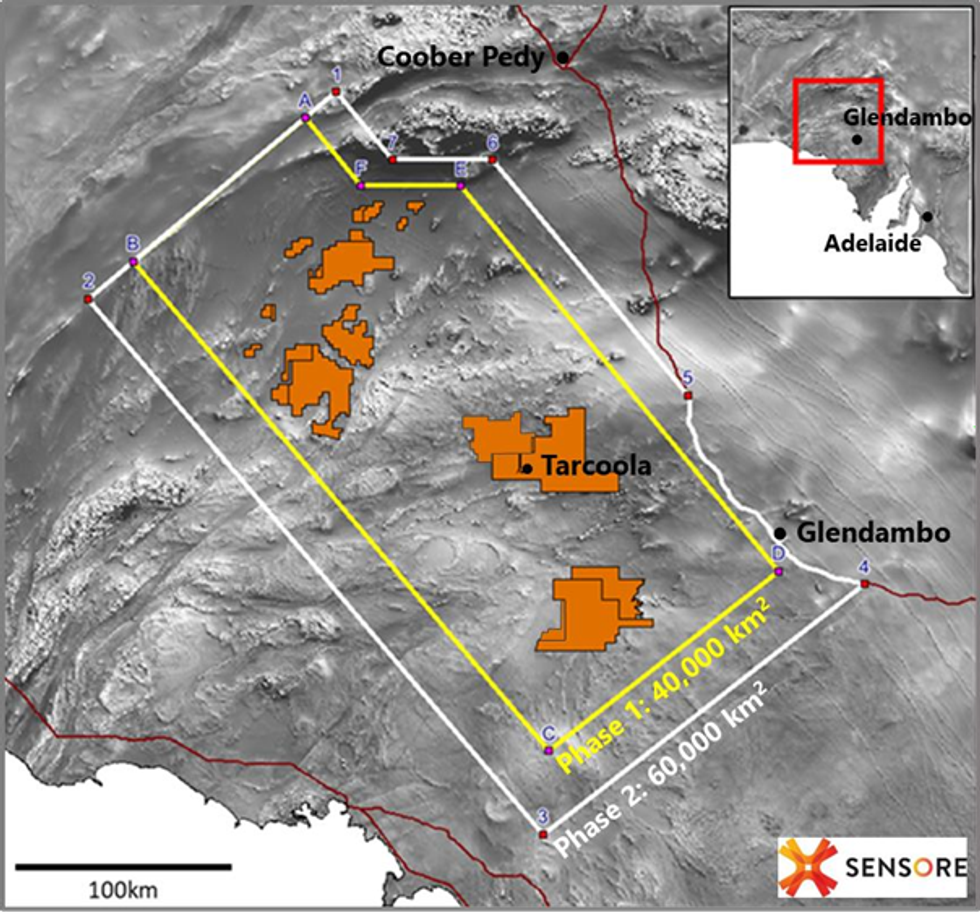
Under the R&D Partnership, Barton has already contributed $45,000 to the development of Phase 1 regional prospectivity mapping, which has identified multiple prospective new gold and copper targets on Barton’s tenements, and across the surrounding 60,000km2 central Gawler Craton.2
With the commencement of Phase 2 works, Barton will contribute up to a further $350,000 to development of DPT in the central Gawler Craton. Barton will also provide its extensive private data sets for integration into a South Australian ‘data cube’ to refine, and then drill validate, the DPT targeting model.
Further to the terms of agreement:
- Barton will be entitled to 10 years’ exclusive use of the South Australian DPT module for gold and copper within an initial ~60,000km2 area indicated by the white polygon in Figure 1, during which time SensOre will also not compete with Barton to acquire gold or copper targets therein; and
- Subject to the successful production of gold and/or copper mineralisation at new targets predicted by the South Australian DPT module, SensOre will become entitled to additional benefits in the form of royalties linked to the quantum of gold and copper produced.
Barton will provide further updates as Phase 2 development and trialling progresses.
Click here for the full ASX Release
This article includes content from SensOre Limited, licensed for the purpose of publishing on Investing News Australia. This article does not constitute financial product advice. It is your responsibility to perform proper due diligence before acting upon any information provided here. Please refer to our full disclaimer here.
S3N:AU
The Conversation (0)
10h
Nextech3D.ai Announces CEO Evan Gappelberg Acquires 550,000 Shares of Company Stock In Open Market Buys
Nextech3D.ai (CSE:NTAR)(OTCQX:NEXCF)(FSE:1SS), an AI-first technology company specializing in AI event management through its flagship Map D and Eventdex platforms, 3D modeling, and spatial computing, is pleased to announce that CEO Evan Gappelberg (the "Acquirer") has purchased a total of... Keep Reading...
07 November
Nextech3D.ai Provides Update on Toggle3D.ai
Nextech3D.AI (the "Company" or "Nextech") (OTCQX:NEXCF)(CSE:NTAR)(FSE:EP2) provides an update today at the request of staff of the Ontario Securities Commission in connection with a continuous disclosure review, to announce that it has terminated its previously announced letter of intent (the... Keep Reading...
03 November
Global AI Stocks: 9 Biggest AI Companies in 2025
As the artificial intelligence (AI) market continues to grow, there are many AI stocks for investors to choose from on top exchanges like the NASDAQ, TSX and ASX. AI technology has made strong inroads into several key industries, including logistics, manufacturing, finance, healthcare, customer... Keep Reading...
Latest News
Latest Press Releases
Related News
TOP STOCKS
American Battery4.030.24
Aion Therapeutic0.10-0.01
Cybin Corp2.140.00



